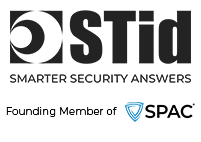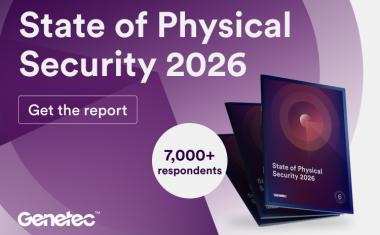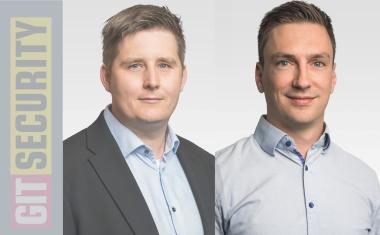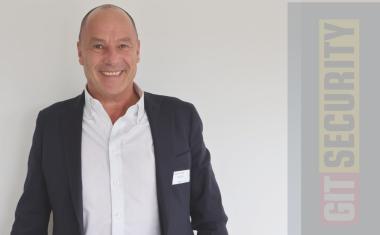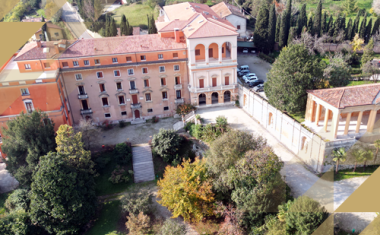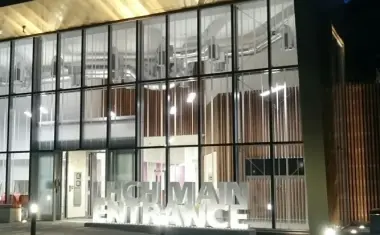STid: End-to-End Security Approaches
As the European Union’s Network and Information Systems Directive (NIS2) is set to be transposed into national laws next month, organizations across the continent are trying to understand how to reach compliance. This new regulation, which significantly expands the scope of critical entities and imposes stricter cybersecurity requirements, places a particular emphasis on the interconnectedness of physical and logical security.
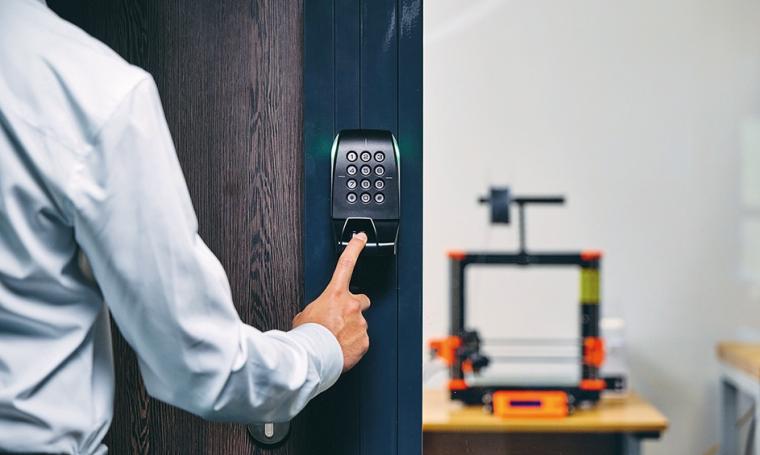
Tid, a leading provider of end-to-end security solutions, is well positioned to help organizations meet the challenges posed by NIS2. By focusing on open technologies, trusted components and robust integration capabilities, STid offers a comprehensive approach to physical access control that aligns seamlessly with the principles of the directive.
Physical and Logical Security Interdependence
NIS2 recognizes the increasing interdependence of physical and logical security systems. Cyberattacks can have devastating consequences for physical infrastructure, while vulnerabilities in physical security can provide entry points for cybercriminals. STid’s solutions address this convergence by offering a range of products and services designed to protect both physical and digital assets.
For example, we recommend the Mifare DESFire EV3 credential as the most highly secure, contactless smart card that can be used for both physical access control and digital authentication. The card’s advanced security features, including strong encryption and mutual authentication, help to prevent unauthorized access and protect sensitive data.
Trusted Components and Open Technologies
A key element of STid’s approach is the use of open technologies and trusted components. By maintaining control over its security keys and data hosting, STid ensures that its solutions are highly customizable and can be integrated with a wide range of systems. Additionally, the company’s products are based on the highest levels of security, as evidenced by certifications such as EAL5+ for its Architect readers.
- Open Technologies: Our commitment to open technologies allows for greater flexibility and interoperability, enabling organizations to build customized security solutions that meet their specific needs and guarantee the total control on it.
- Trusted Components: By using trusted components, such as Mifare DESFire EV3 and Architect readers, we ensure that our solutions are built on a solid foundation of security.
- Robust Integration: Our products can be easily integrated with a variety of systems and protocols, including SSCP, the most secure European standard for physical access control.
STid’s solutions are designed to be scalable and adaptable, allowing organizations to meet evolving security requirements. The company’s interchangeable reader modules enable organizations to add new features and functionalities as needed, such as biometric authentication or QR code reading. By offering scalable solutions, organizations can immediately begin the transition to European compliance.
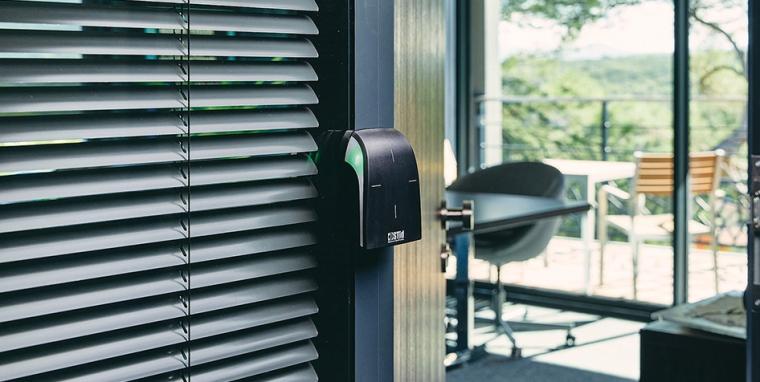
The High Cost of Cyberattacks and the Importance of Physical Security
The costs associated with a cyberattack far outweigh the investment required to build a robust cyber and physical security fortress. Often overlooked beyond the immediate ransom demand are substantial production losses, damage to reputation, erosion of trust with suppliers, customers, and financial institutions, and the often-hidden costs of inflated insurance premiums. The urgency to act is paramount, as the threat landscape evolves rapidly, outpacing legal frameworks. Modern cybercriminals operate like shrewd businesspeople, meticulously calculating potential gains against the effort expended.
This is where physical security emerges as a critical component. For a nearby attacker, breaching a physical perimeter to access the core IT infrastructure is a relatively straightforward path. These hybrid attacks circumvent many of today’s prevalent digital defenses. To address this challenge, we introduced the PUCK, a cutting-edge device that establishes a secure bridge between the physical and logical realms. By mandating dual authentication, the PUCK ensures maximum protection for computer sessions. An end-to-end secure system transforms an organization into a significantly less attractive target, diminishing the potential return on investment for cybercriminals.
The Importance of Sovereign Technologies

In the wake of NIS2, experts are increasingly recommending the use of sovereign technologies to build more resilient and secure infrastructures. By relying on trusted, domestically-produced technologies, organizations can reduce their dependence on foreign suppliers and mitigate the risk of supply chain attacks.
Our commitment to open technologies and trusted components aligns with this trend. By providing organizations with the tools they need to build secure, sovereign infrastructure, STid is helping to create a more resilient and secure Europe.
As organizations across Europe work to comply with the NIS2 directive, we offer a comprehensive and flexible approach to physical access control. By focusing on open technologies, trusted components and robust integration capabilities, we can help organizations to build secure, scalable and adaptable security solutions that protect both physical and digital assets.
Business Partner
